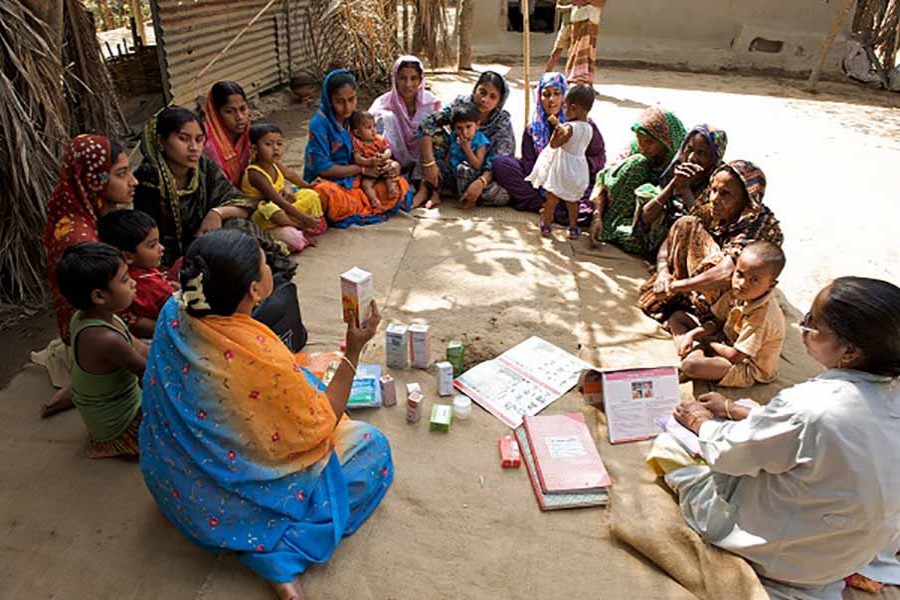
Published :
Updated :

The third ICDDR, B-initiated policy dialogue on 'Urban Health and Universal Health Coverage in Bangladesh' gives an indication of how challenging it is to get health-related information. If the information is scanty, health research is bound to suffer a lot. Notwithstanding the limited information on public health, the picture of urban health coverage that emerges from various studies and research works is quite disheartening. Although there was an attempt to understand the country's overall health situation through the policy dialogue at the roundtable, focus had been directed to areas where things have gone particularly awry. Sure enough, health indicators of any segment of population are not particularly enviable here. But still on account of inequalities the privileged are better served. If this too proves inadequate and unsatisfactory, they have the option of travelling abroad for receiving the state-of-the-art medical care.
Private medical care dominates the scene and naturally it is forbidding for the poor. If research institutes and organisations encounter problems in collecting information on public health from private health facilities, it is because there is something fishy about them. Had the business been transparent, they would have provided information in their own interest. Studies and research shed light on health matters that give indication of the prevalent diseases so that hospitals and health centres can take enough preparation for any disease breaking out in epidemic form. Again, this can act as a guide to adopting preventive methods in future for the nation to avert a similar crisis. Apart from the seasonal diarrhoea, flu and water-borne diseases, fatal diseases like anthrax and encephalitis are stalking parts of the globe at one time or other. These are serious diseases where coordination and cooperation between government and private health facilities are a must in order to fight those.
One of the contentious issues here is the role of healthcare providers. When local government institutions are responsible for primary healthcare of urban areas and health ministry for tertiary healthcare, the lower segments of the population, particularly those living in slums hardly stand a chance of receiving adequate attention. More so in the context of rising non-communicable diseases. The city corporations and municipalities run short of funds in almost all matters and this is no way of addressing the health problem of the most disadvantaged section of the population. No wonder that the health indicators are the worst for slum people. In terms of improved sanitation, only 0.9 per cent of such people have access to it while the overall urban population's share is 54 per cent. In case of stunting on account of malnutrition, the rate is 40 per cent in slums while it is 25 per cent in city corporations and other urban centres.
All these readings are highly depressing because those expose the yawning socio-economic gap between different segments of people. The health of many generations goes to waste largely because of the economic disparities. Quite naturally the question now must be asked as to how the health problem of the most disadvantaged communities in society can be addressed. Should there be especial health facilities for them or they must be given preference in the existing government hospitals? Even private hospitals may be involved in a manner where they will have to treat a small number of poor patients free of cost or at a concessional rate.


 For all latest news, follow The Financial Express Google News channel.
For all latest news, follow The Financial Express Google News channel.